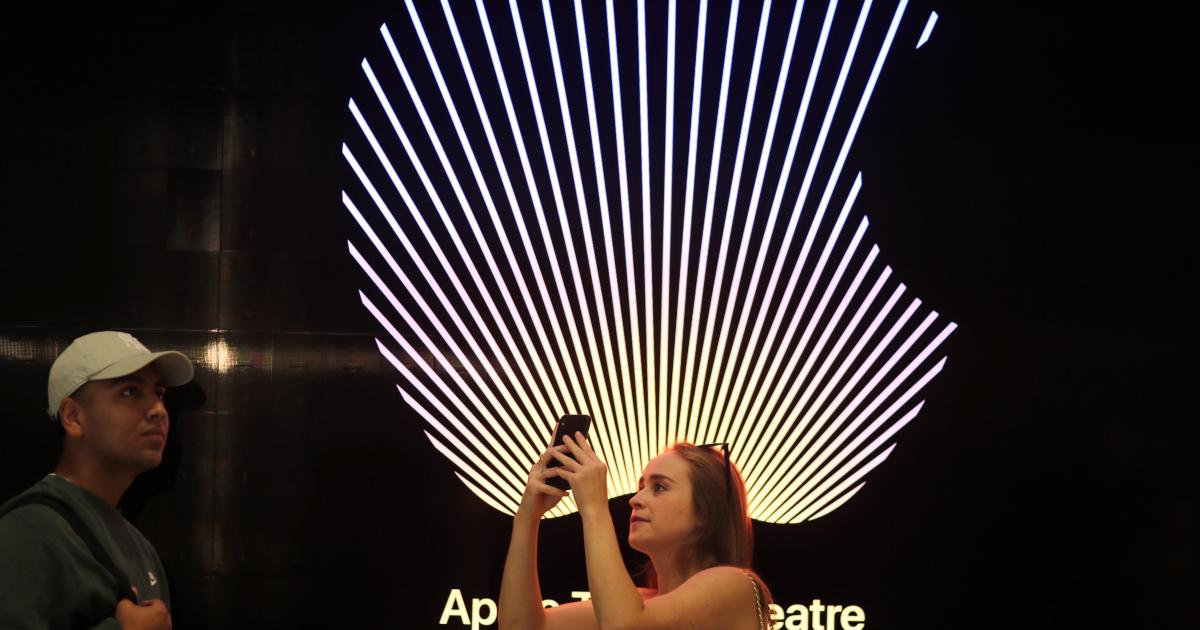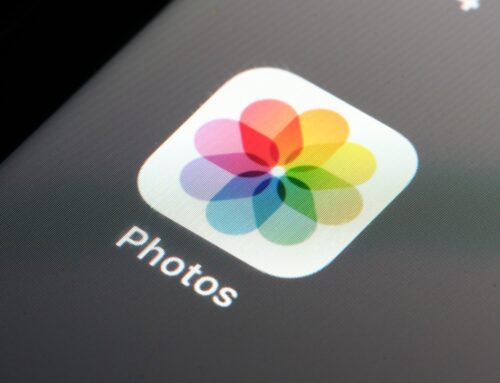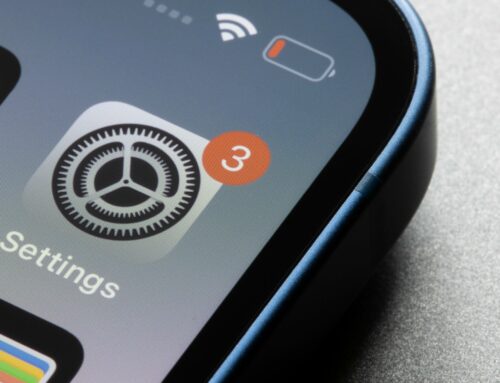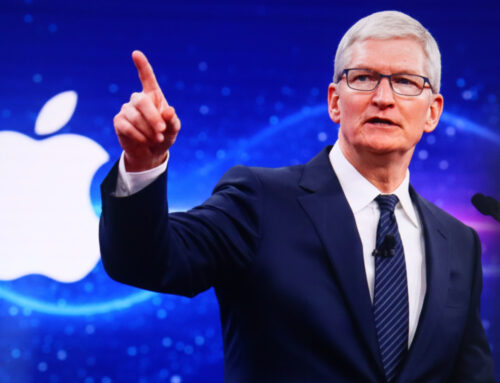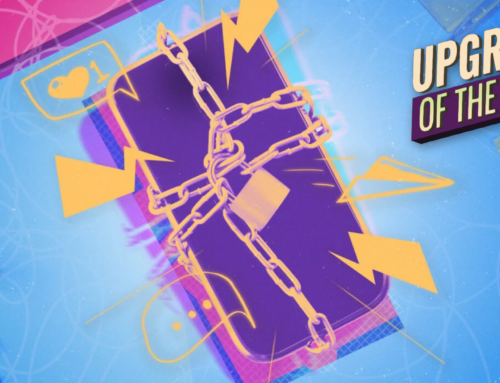Social media users and the business world now have a general idea of what the metaverse is, thanks to Meta CEO Mark Zuckerberg’s year-long seeding of the term on investor calls and subsequent renaming of Facebook to Meta. Companies as varied as Disney, Bumble, Tencent, the Warner Music Group and others have followed Zuckerberg’s lead by using “metaverse” as a strategic talking point when discussing an internet based on virtual objects and avatars in the coming years.
But while Meta may have nearly a decade head start on commercializing virtual reality (VR) via its Oculus line of headsets and software, as well as deep research in the realm of augmented reality (AR), its active user base for its metaverse is still relatively small, at less than 10 million users. Between its various successful social networking platforms—Instagram, Whatsapp, and Facebook—it is Instagram that gets the majority of Meta’s AR focus. Of the 1.3 billion users on Instagram, roughly 400,000 are building AR effects for the platform using Meta’s Spark AR tool. Still, these relatively small numbers are not commensurate with the broad excitement that’s grown around the idea of the metaverse in recent months.
Regardless of the actual number of users, the idea has finally caught on in the general business community, whether a company has a direct path to the metaverse or not. Among the Big Tech leaders with the ability to truly mainstream the metaverse, Apple stands out based on its track record of ushering skeptical consumers into new ways of computing. The most recent signal that Apple is poised to lead the move into the metaverse comes from Apple-focused analyst Mind-Chi Kuo, who says that Apple will unveil its own AR wearable toward the end of next year.
What Apple plans to release as its first portal into the metaverse
In Kuo’s latest TF International Securities report, he writes that the device will be “launched in 4Q22 [and] will be equipped with two processors. The higher-end processor will have similar computing power as the M1 for Mac, whereas the lower-end processor will be in charge of sensor-related computing.” The headset will, according to Kuo, also have the ability to deliver VR experiences. The Taiwan-based analyst has become renowned for using his supply chain sources in Asia to deliver early and usually accurate predictions of what Apple has coming in its product pipeline. In 2014, Kuo was among the first to accurately forecast the release of the Apple Watch, the company’s first wearable.
Although Meta and other companies have spent years marketing their versions of the metaverse, Apple has largely been absent, other than offering a mobile AR development tool called ARKit. Nevertheless, as far back as 2016, Apple CEO Tim Cook has repeatedly stressed that AR is a “core technology” for the company. But true to its tradition of allowing other companies to make the early public beta mistakes, then following up with a refined version of an existing idea, Apple is primed to stake its claim in the metaverse with a wearable device that could become as ubiquitous as AirPods, and the iPhone before it.
Apple is perfectly placed to replay its iPhone success by replacing the smartphone with AR
While the migration to the metaverse has been slow, it is picking up steam. The Big Tech competitors on the virtualization-of-everything trail also includes Alphabet, maker of the ill-fated Google Glass AR wearable in 2013, which now embeds AR in its Google search engine. Amazon has also begun including AR product displays in some of its e-commerce offerings. And ahead of nearly everyone is Microsoft, with its strictly business-focused, industrial and military-grade AR HoloLens headset.
So far, technical limitations have stalled the creation of lightweight AR smart glasses for the masses. The best, more recent example of a major tech player merging true AR capabilities with fashion-forward style is Snap and its Spectacles wearable. But that device isn’t widely available to the public and is still largely considered an experiment.
If what Apple has in the works is a meaningful upgrade on what Snap and others have achieved, it may deliver on what Kuo says is Apple’s plan: To “replace the iPhone with AR in ten years.”

